MIDDLE EAST CRISIS ANALYSIS
Will the temporary port the US is building in Gaza alleviate the humanitarian crisis?
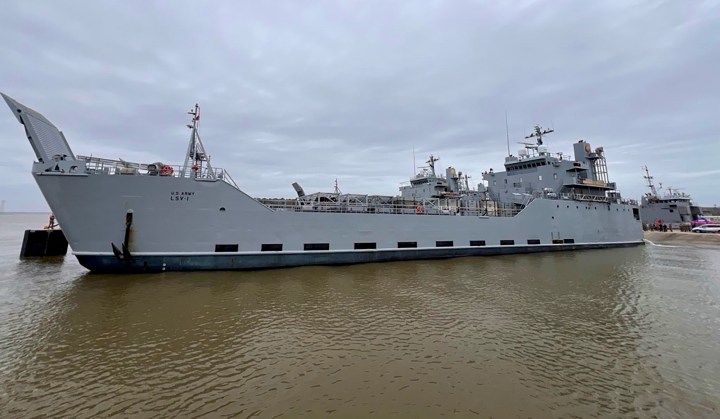
A new effort to bring relief aid to Gaza will rely upon an innovative temporary harbour. It is evidence of movement in US policies towards the Middle East.
The world continues to monitor the escalating human toll in Gaza. There are angry denunciations about how convoys of relief supplies have had to move slowly, to be inspected and then held up for what some charge are spurious reasons.
For those critics, the cause of the devastation and suffering is Israel’s relentless pursuit of the remaining Hamas forces and commanders, regardless of the cost to those not in that militia. Others will naturally point to Hamas for having triggered this round of brutal conflict in the first place with its 7 October raid in Israel.
Almost 1,200 people were killed in the raid and another 250 were taken hostage. That led to the civilian residents of Gaza being driven into increasingly desperate circumstances once Israel’s inevitable retaliation began. More than 31,000 people have been killed in Gaza since Israel launched its retaliatory attacks.
Read more in Daily Maverick: Middle East crisis news hub
For some, it may be more important to be angry and full of fury than to embrace any partial solutions amid the reality of the political and military landscape. For some of those people, nothing short of the disappearance of the state of Israel (and presumably, its citizens) would be sufficient to right the wrongs of the present.
Others blame US President Biden for not coming down like a hammer on the Israeli government to change its realities on the ground, even as the current administration’s policies and positions are slowly being recalibrated. This anger may have a real impact on the US’s presidential election in November, as an important portion of usually Democratic voters elect to sit it out, thereby allowing Donald Trump to win the key electoral votes of several midwestern states and thus the election.
It is simultaneously clear that were Gaza’s current agonies the result of a natural disaster like a tsunami, such as the one that struck Southeast Asia nearly two decades ago, or an earthquake (similar to the great volcanic eruption of Thera that affected the entire eastern Mediterranean Basin 3,500 years ago), virtually every offer of assistance from every corner of the world would be accepted without question.
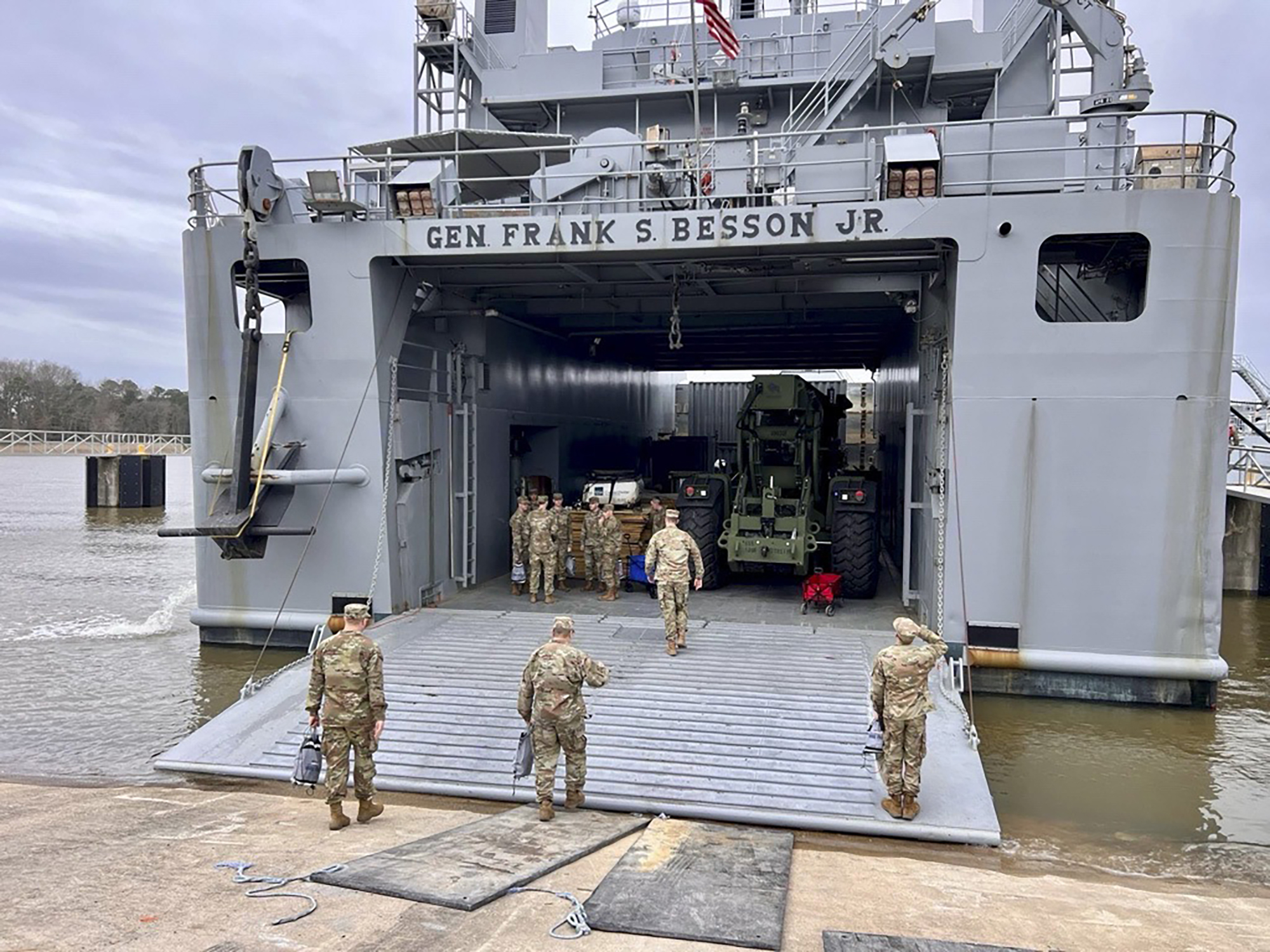
The US Army Vessel (USAV) General Frank S Besson (LSV-1) shortly before departing for the Mediterranean Sea to begin the construction of a temporary pier in Gaza from Joint Base Langley-Eustis, in Newport News, Virginia, US, on 10 March 2024. (Photo: EPA-EFE / US Central Command handout)
Thus, in this set of circumstances, the artificial harbour to be constructed by the US military to bring relief supplies into Gaza — well beyond ongoing airdrops and those stop-start truck convoys — deserves serious contemplation.
A history of harbours
A personal experience with an entire island of artificial harbours built in East Asia offers some context. More than 40 years ago, when we lived in Japan, we visited an integrated steel plant, located in the middle of Tokyo Bay.
The facilities were on a large, nearly square, artificial island designed with piers and berths on two sides for ships to offload the raw materials needed for steelmaking, such as iron ore, other ores and coking coal. The third side had berths for other inputs such as heavy equipment and operating crews as well as a bridge for the transport of workers. Berths on the fourth side loaded finished products like sheet and rolled steel and tubing made by the plant on to ships to be shipped to other industrial zones throughout Japan and the rest of the world.
The entire artificial island had been designed as an integrated development, situated in the centre of one of the most densely populated and economically productive metropolitan areas of the planet. Doing it this way, there was little need for costly, highly disruptive demolitions of earlier structures on occupied areas of the mainland.
Nowadays, the artificial port, commercial zone, complex of recreational facilities and massive transport hub on Jebel Ali — effectively a manufactured island off the immediate coast of Dubai — is an even larger and busier space than that Japanese facility that so astonished me.
But artificial harbours are, of course, not a new idea. Most natural harbours have been significantly revamped for human purposes over millennia. The Romans were masters of that, building entirely new harbours like Caesarea Maritima on the Israeli coast. Earlier still, Egypt’s Ptolemaic dynasty did something similar in their construction of a new capital, Alexandria, on what had been a low-lying sandbar off the coast of Egypt. The great maritime cities of Europe, Asia, and North America — and elsewhere — have always had public works projects to construct improvements in their harbours, berthing, and channels.
World War Two
From recent history, however, there is a particularly impressive example of an artificial harbour, constructed under the real possibility of aerial attack because of its strategic importance. This effort offers insights into the newest US plan for Gaza. It is the story of the two “mulberry” piers, built immediately adjacent to a battle zone amid World War 2. They were constructed to supply the Allied expeditionary forces almost immediately after their initial landing on the Normandy beaches in 1944 and then for their advance into France and finally, into Germany.
If successfully landing troops and weapons on a well-fortified beach manned by experienced German troops was not difficult enough, organising and maintaining an unceasing effort to bring troop replacements, arms, ammunition, food and medical supplies, combat vehicles and everything else necessary for an army of hundreds of thousands (and the evacuation of the wounded for treatment aboard hospital ships or facilities in the UK) was even more complex than the initial landing.
An army, especially a modern, mechanised one, consumes vast quantities of supplies that must be delivered if forward motion is to be sustained. Such supply efforts were made infinitely more difficult by the lack of working ports to land all these men and materiel safely when German forces still occupied the major ports or had made others unusable as they retreated eastward.
The solution was to manufacture in Britain and then bring to the French coast two artificial piers. Constructed in segments and then towed across the English Channel, they consisted of steel sections that were then bolted together in situ and anchored in place by being linked to deliberately sunk outmoded ships and concrete caissons, submerged on the seabed of the Normandy coast next to the shoreline. These artificial piers could bring an unending stream of materiel directly to waiting transport vehicles to be conveyed to meet the unceasing needs of the advancing battlefront.
(A “little ships” flotilla rescued the British Expeditionary Force in 1940 from the German advance, but it was carried out at the cost of leaving behind virtually all its equipment and vehicles. Such an effort going the other way would never have been capable of supplying the Allied forces in France from 1944 onward. And the 1949 Berlin airlift managed to supply the city with food and fuel during the Soviet blockade, but the US, Britain and others had access to a fully operational airport and there was little if any effort to interdict the airlift planes by the Soviet military as those planes flew into Berlin. Even so, the city nearly starved to death despite the concerted supply effort.)
Thus, the basic reason for these massive constructions placed on the Normandy coast, during the fighting, was because the French ports either were still in German hands or the heavy equipment needed to handle ships’ cargoes had been sabotaged by retreating Germans. To paraphrase Napoleon, an army marches on its stomach — and its fuel tanks.
As a result, the two mulberry piers were a key element for the progress of Allied forces. Meanwhile, even after some French ports were being brought back into service, further north, major ports such as Antwerp remained in German hands. Even after Allied forces reached that city, the riverine access to Antwerp’s harbours continued to be in German hands. As a result, the two mulberry piers were unable to meet military supply needs fully. That was the rationale for what became a disastrous, combined airborne/ground attack into the Netherlands to help outflank and then roll up German forces and thus free up the ports of the Low Countries for Allied resupply. That late-in-the-war defeat for the Allies has been called “a bridge too far”.
‘A complex operation’
At this point, it is important to consider what the proposed artificial harbour being prepared for Gaza may mean for the future. In fact, as a preview, there is already a very temporary pier being prepared to receive several supply ships sailing from Larnaca, Cyprus.

The United States military is to open a pier for humanitarian aid in Gaza. (Photo: YouTube)
As The Times of Israel reported, “The Israel Defense Forces said Wednesday it was preparing for the arrival in Gaza of a ship from Cyprus bringing almost 200 tons of food in what will be the first humanitarian aid delivery by sea, as the EU humanitarian chief warned there are already pockets of famine in the Strip.
“The charity ship Open Arms set sail on Tuesday out of Larnaca port, towing a barge containing a load of flour, rice and protein from the World Central Kitchen (WCK) organization, funded by the United Arab Emirates and Cyprus. The IDF said the aid delivery was being ‘carried out in coordination with Israeli security and civilian authorities, in accordance with the directive of the government of Israel and at the request of the US government.’
“The ship was to be inspected by the Israeli Navy at sea once it gets to around 20 nautical miles from the Gaza coast, according to information seen by The Times of Israel. From there, the aid ship will be escorted by the Navy and Air Force toward Gaza’s coast. At a certain stage, an Israeli vessel will tow the aid to a makeshift temporary pier built in the central Gaza Strip. The pier was built by WCK in coordination with the IDF.”
Beyond this temporary pier for World Central Kitchens, though, there is the much bigger one about to be constructed by the US military. As Secretary of State Antony Blinken tweeted the other day, “At @POTUS’s [the president of the US] direction, the United States military is working to build a temporary pier in Gaza to help us surge humanitarian assistance to Gaza. We are taking steps to establish this maritime corridor with international and regional partners.”
Meanwhile, the Associated Press reported, “Even before President Joe Biden announced in his State of the Union address the plans for providing aid to Gaza by sea, the Army’s 7th Transportation Brigade and other units were scrambling to pull equipment together. They received their orders before the speech: Build a floating dock off the Gaza coast to provide food and other desperately needed assistance to residents of Gaza. The aid is needed because Israel has sharply restricted land routes into Gaza, slowing the flow of aid to a trickle.
“It’s a complex operation, involving as many as 1,000 U.S. troops, and it won’t happen overnight. Air Force Maj. Gen. Pat Ryder, the Pentagon press secretary, told reporters it will take weeks for this to come together. Some officials say it will take about two months. And beyond the logistical challenges, the operation will depend on Israel’s cooperation, which isn’t assured.”
US pressure
Still, some will continue to insist that delivering relief aid by truck convoys should be stepped up to avert a looming humanitarian disaster. Airdrops already being carried out by US military transports from bases in Jordan (and thus with the quiet cooperation of the Israelis), have problematic aspects — the ultimate landing of those bulk drops is hard to control precisely and at least five fatalities were attributed to one of them.
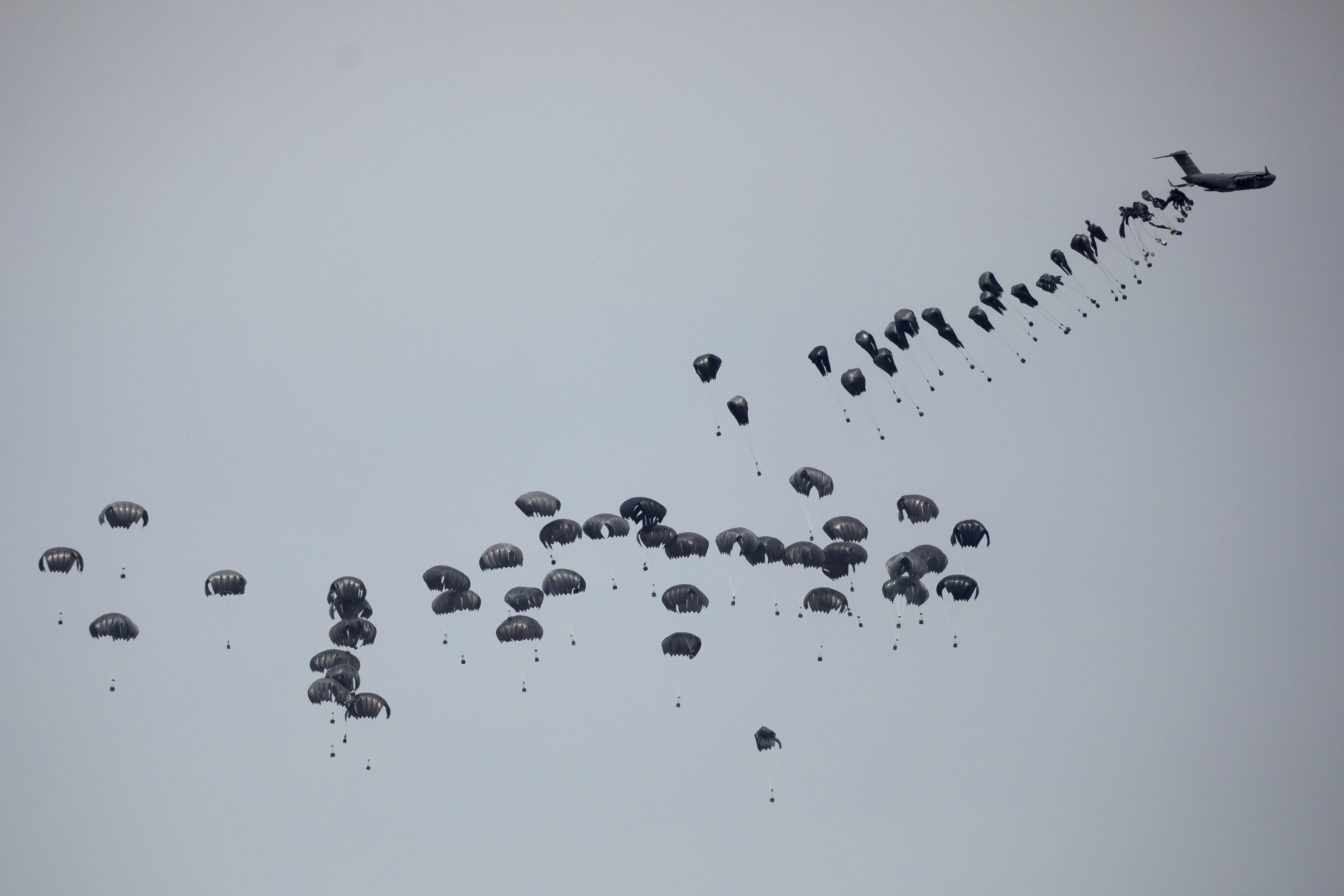
A US Air Force Hercules transport plane drops humanitarian aid into the Gaza Strip, as photographed from a position on the Israeli side of the border on 17 March 2024 in southern Israel. (Photo: Amir Levy / Getty Images)
By contrast, a well-functioning (temporary) port, run by military professionals, connected to road transport inside a small territory like Gaza, even during combat, will presumably be more efficient in delivering the large quantities of bulk materials cleared for transit and delivery before being loaded aboard ships.
Moreover, these new, active US measures to supply relief aid should be seen as one important element in an evolving Biden administration policy reflecting a growing disappointment in, and a lack of patience with Israel’s prime minister, Benjamin Netanyahu. There is also, as noted earlier, a growing concern by the Biden team over US domestic political repercussions from the relationship between the two nations as the conflict rolls on.
Meanwhile, Bennie Gantz, a member of the current Israeli war Cabinet — but a strong political antagonist of Netanyahu — gained face time in the White House with the vice-president, underscoring a contrasting lack of warmth in the Biden/Netanyahu president-to-prime minister relationship. (Add to that the hot-mike moment where Biden had some seriously harsh words to say about Netanyahu and his obdurate stance. That signified an evolving turn in the Biden administration’s stance as well.)
While he was not speaking explicitly for the Biden administration, a recent speech by New York Democratic Senator Chuck Schumer, the Senate majority leader and a longtime supporter of close ties between the two nations, called for the replacement of Netanyahu as Israel’s prime minister. In Schumer’s view, the prime minister’s policies are now doing great harm to any possibilities for the grand bargain in the Middle East being pushed by the Biden administration, let alone in generating a humanitarian crisis in Gaza.
Schumer’s remarks could be read as yet one more element of a bigger play by the Biden team to bring this latest Middle East fighting to an end — including the hostages’ returns and a comprehensive ceasefire. This would be before conflict engulfs the entire region beyond the terrible things that have already happened in Gaza and adjacent parts of Israel — as well as those Hezbollah rockets from southern Lebanon and the Houthi rocket assaults from Yemen on northern Galilee and Red Sea shipping, respectively. DM






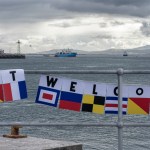
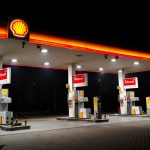












I never realised Brooks was an expert in Logistics and Construction Engineering.
If the US really was concerned about the situation, they would stop supplying weapons to Israel. What kind of policy is it to provide weapons to kill people on the one hand, and then food relief to the same people who are being killed on the other hand?
No mention of the idea that the US is preparing the grounds for oil and gas extraction after Israel with their backing are done with the genocide.